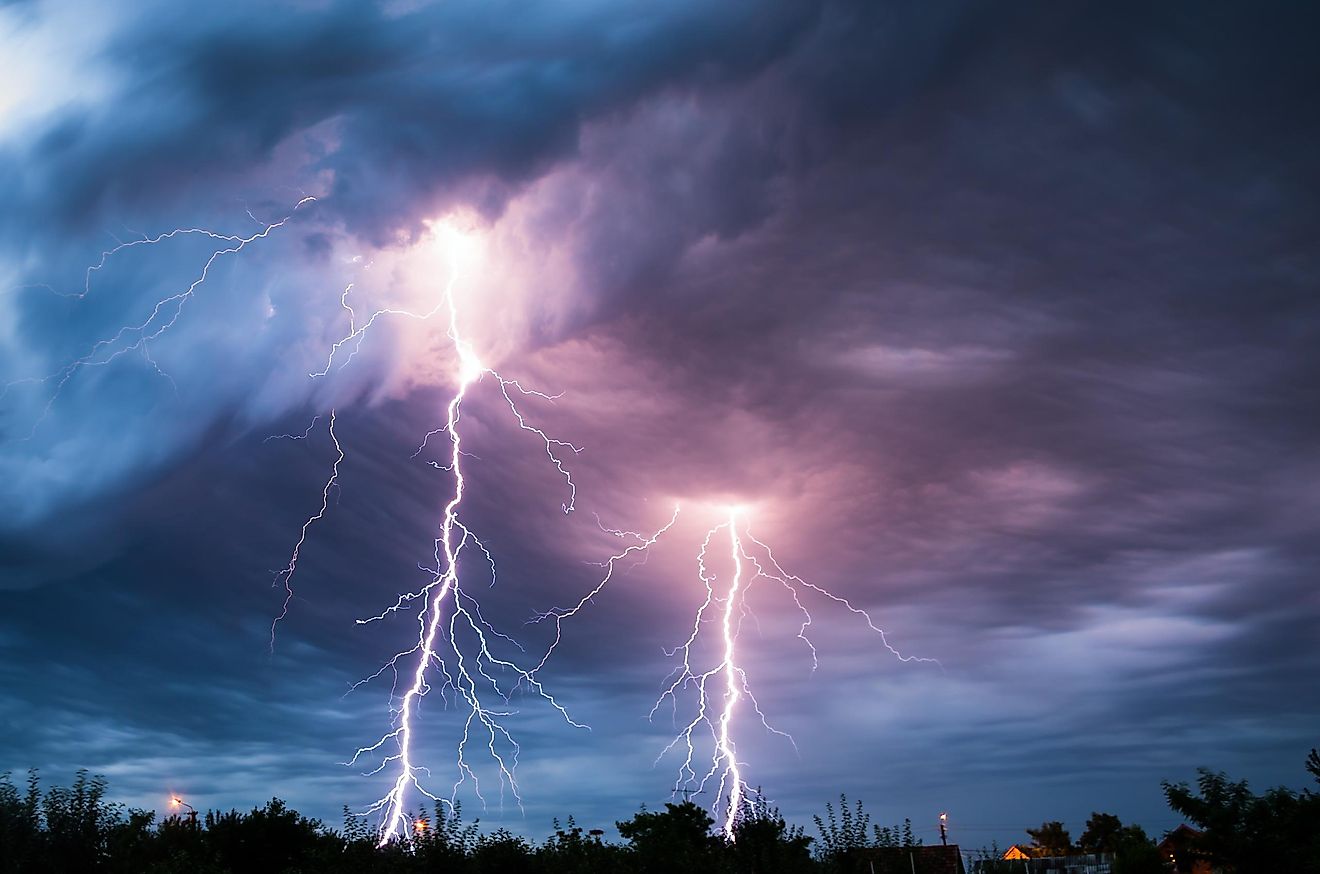What Are The Political Features Of North America?

- North America is the third largest continent, and is considered to be a part of the so-called New World.
- Canada and The United States share the longest non-military border.
- The Mexican War resulted in the United States obtaining 500,000 square miles of Mexican territory.
The third-largest continent on our planet, North America is considered as a part of the "New World". The Caribbean, the mountain saturated west, the Plains, the Laurentian Plateau, and the eastern region are the major physical regions of this continent. Various animals and plants exist in these regions, characteristic for this exact environment. Its rich human geography shares a resemblance to its varied physical environment.
Both North and South America are named after Amerigo Vespucci, who was the first one who suggested that the Americas were a landmass separate from Indies. The United States, Mexico, Costa Rica, Honduras, Panama, are only some of the many countries that span through the territory of this continent.
Just as there are many physical or topographical features of North America, there are also those that are political. Political maps are also extremely helpful in determining the political features of any given area, and the same goes for North America. Generally, these maps display various countries in the area, the states, cities, highways, and other things. Simply put, it shows the political boundaries of a certain area.
History Of Political Geography In North America
It is no secret that the political geography of The United States helped shape the history of this area. Political geography encompasses all the different relationships between various territories and governments of North America. One big historical event is the contact between the Europeans and Native Americans, which resulted in the colonization of parts of North America and many relocations and the killing of indigenous communities. Reservation systems were developed in today's Canada to protect Native American communities but unfortunately prevented their development.
Parts of Central American and the Caribbean, as well as Mexico, had a much better integration of native communities, which played a bigger role in the political systems of the culture. Many conflicts left lasting repercussions on the relationship between some of the countries in North America. For example, Canada and the United States share the longest "peaceful" border, signifying their cooperative relations.

The Mexican War (also known as U.S. intervention in Mexico) is a prime example of a conflict that arose in North America, where the United States obtained around 500,000 square miles of Mexican territory. One event that had drastic effects on the political geography of Canada was The Seven Years' War that took place between 1756 and 1763, which spanned across five continents, and affects the politics of Canada to this day. Many civil wars happened in Guatemala, El Salvador, and Honduras between the 1970s and 1990s, resulting in immigration. Civilians were forced to move to the United States, Canada, and other countries.
What Is Happening Today In North America?
Economic and geographic trends are very influential in constructing North America's political geography nowadays. Influential policies like NAFTA (the North American Free Trade Agreement), an agreement between Canada, Mexico, and the United States responsible for the creation of a trilateral trade bloc have been extremely important factors in determining the trade between countries of North America.
NAFTA is also responsible for the removal of duties on the agricultural exports of Canada and The United States. These policies and agreements made trading an easier endeavor, but they also gave birth to many political issues. The supply and demand for labor changed, with Mexico and parts of the Caribbean becoming more economically sound locations due to being less expensive. These events have, in turn, proved to be detrimental to the manufacturing sector of The United States.











